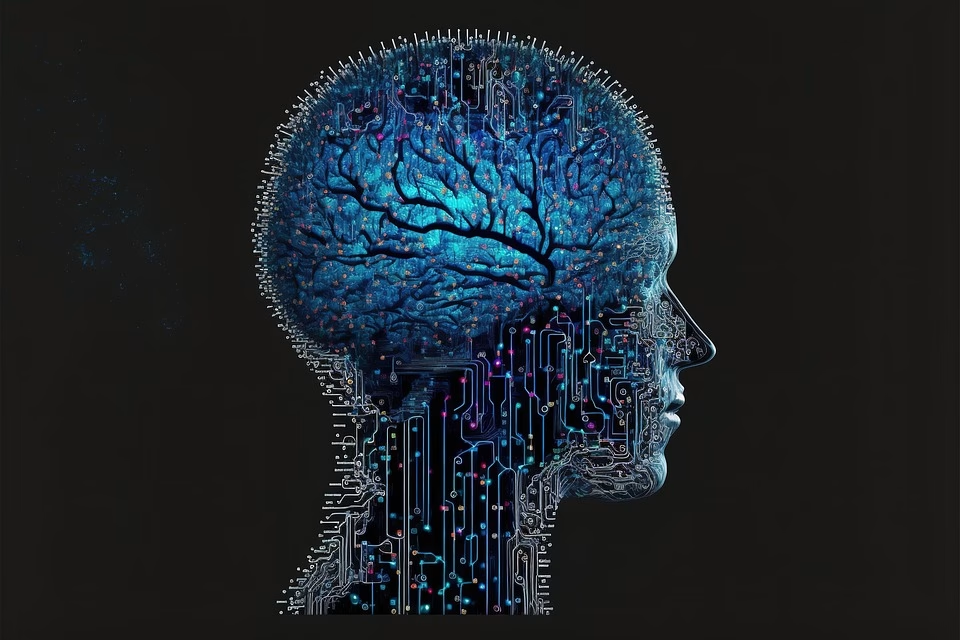Web3 for Creators: Empowering Artists and Innovators in the Decentralized World

Introduction – Why This Trend Matters in 2025
In 2025, we are witnessing a seismic shift in technology that significantly shapes industries and consumer behaviors. The global technology market is projected to reach $5 trillion, with AI and machine learning driving roughly $400 billion of that growth. Breakthroughs in quantum computing, 5G alternatives, and blockchain applications are not just enhancing infrastructures but redefining possibilities in various sectors.
As companies scramble to adapt to volatile conditions and leverage technological advancements, understanding these trends is crucial. This article takes a deep dive into the technology that matters in 2025.
Detailed Analysis of the Trend
What is Driving Change?
The most significant tech trend this year is undoubtedly the integration of Artificial Intelligence (AI) across multiple platforms. With advancements in natural language processing and computer vision, AI models are becoming more capable and versatile. In 2025, AI systems are expected to have improved efficiency by 50%, largely driven by hardware from companies like Nvidia and software advancements in frameworks like TensorFlow and PyTorch.
How Does It Work?
AI operates through machine learning (ML) algorithms that analyze vast datasets to make predictions and decisions. Today’s models are not just reactive; they’re becoming proactive. For example, predictive analytics can forecast consumer behavior, helping businesses enhance personalization and boost sales.
Why Is It Important Now?
The frequency and velocity of technological change mean that companies must innovate constantly to stay relevant. Integrating AI into processes—not only boosts efficiency but also fosters creativity and innovation within teams. As the labor market tightens, businesses need to harness these technologies to maximize productivity and maintain a competitive edge.
Adoption & Use Cases
Real Examples from Big Tech
-
Microsoft: Utilizing AI in Microsoft 365, the company has integrated tools that provide real-time data analytics and predictive capabilities, significantly enhancing workplace productivity.
-
Amazon: The e-commerce giant has adopted AI-driven logistics solutions, optimizing supply chain management, and using drone delivery technology to reduce operational costs.
- Meta: Their focus on creating the metaverse is heavily reliant on AI. The company skillfully uses machine learning algorithms to create more immersive virtual experiences for users, fundamentally changing social interactions.
Startups and Industries Leading the Charge
Many startups are harnessing AI for niche markets. For example:
- Modulate, which focuses on voice modulation software that utilizes AI to create realistic avatars for virtual worlds.
- CureMetrix, enhancing mammography detection rates using AI, which is transforming healthcare diagnostics.
Opportunities & Challenges
Benefits
- Efficiency Gains: AI streamlines operations and optimizes workflows, leading to substantial cost savings.
- Improved Customer Experiences: Personalized marketing strategies based on AI data analyses result in better customer relationships.
Risks and Barriers
- Security Concerns: As organizations store more data in the cloud, cybersecurity threats become increasingly sophisticated.
- Ethical Considerations: Bias in AI algorithms raises ethical questions about fairness and transparency, necessitating stringent regulations.
- Cost of Implementation: High initial investments in technology and training can deter small businesses from adopting these innovations.
Future Outlook – Predictions for 2026 and Beyond
Looking ahead, experts forecast further advancement in AI, particularly in areas like autonomous systems and advanced robotics. The potential adoption of quantum computing will revolutionize industries by solving complex problems in seconds—challenges that currently take traditional computers years to overcome.
Analysts predict an increase in ethical frameworks and regulations governing AI to ensure equitable use across sectors. By 2026, AI adoption is expected to rise by 30%, with industries such as healthcare, finance, and logistics leading the charge.
Final Thoughts
In 2025, awareness and adaptation to these technological trends are paramount for businesses and users alike. AI’s capacity to transform industries is profound, impacting everything from day-to-day operations to strategic planning. As we embrace these changes, acknowledging potential risks while focusing on opportunities will be critical for thriving in the evolving tech landscape.
SEO FAQs
-
What are the biggest tech trends of 2025?
Key trends include advanced AI applications, quantum computing breakthroughs, and widespread adoption of decentralized blockchain technologies. -
How is AI changing business this year?
AI is streamlining operations, enhancing customer service through personalized experiences, and enabling predictive analytics for better decision-making. -
What’s next after 5G?
The transition to 6G technology is expected to commence, offering faster speeds and better connectivity, facilitating advancements in the IoT and smart cities. -
Is blockchain still relevant in 2025?
Absolutely, blockchain is evolving with practical applications in supply chain transparency, digital identity verification, and secure transactions. -
What is the future of quantum computing in 2025?
Progress in quantum computing is anticipated, particularly in specialized industries like pharmaceuticals and materials science, where complex problem-solving is essential. - How is AI impacting remote work in 2025?
AI tools enhance collaboration and productivity in a remote working environment, enabling smarter project management and real-time data-driven insights.
🚀 Try Ancoia for FREE today and experience the power of business automation!
🔗 Sign up now and get a 7-day free trial



